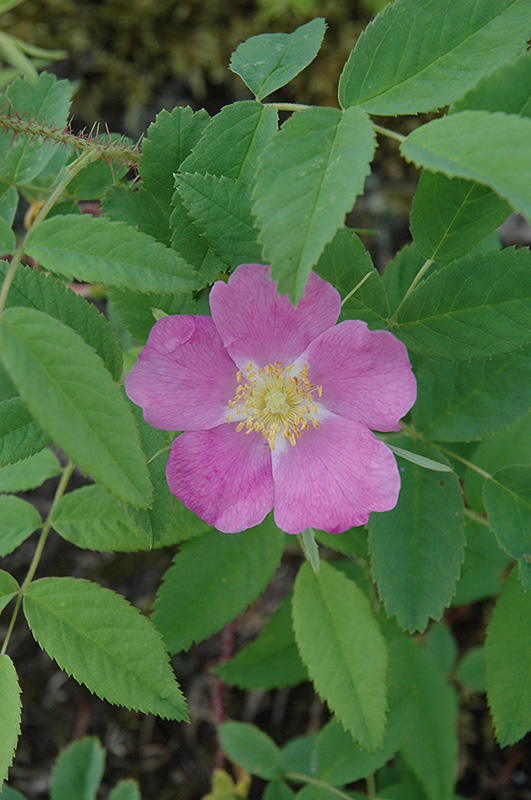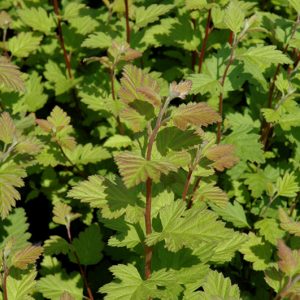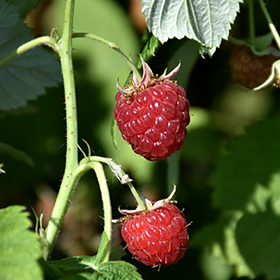Description
Growth & Care
| USDA Plant Hardiness Zone | 2a |
| Growth Rate | Fast |
| Recommended Pruning Method | Late Winter Pruning |
Foliage
| Foliage Type | Deciduous |
| Fall Color | Orange |
| Plant Form | Upright Spreading |
Flowers
| Flower Period | Spring |
| Flower Color | Pink |
| Flower Fragrance | Medium |
| Suitable for Cut Flower Arrangements | Yes |
Additional Categories
| Additional Category | Rose |
| Landscape Application | Massing, Garden, Naturalizing |
Details
Planting & Growing
Wild Rose will grow to be about 4 feet tall at maturity, with a spread of 4 feet. It has a low canopy. It grows at a fast rate, and under ideal conditions can be expected to live for approximately 20 years.
This shrub does best in full sun to partial shade. It is very adaptable to both dry and moist growing conditions, but will not tolerate any standing water. It is considered to be drought-tolerant, and thus makes an ideal choice for xeriscaping or the moisture-conserving landscape. It is not particular as to soil type or pH. It is somewhat tolerant of urban pollution. This species is native to parts of North America.
Landscape Attributes
Wild Rose is a multi-stemmed deciduous shrub with an upright spreading habit of growth. Its relatively fine texture sets it apart from other landscape plants with less refined foliage.
This is a high maintenance shrub that will require regular care and upkeep, and is best pruned in late winter once the threat of extreme cold has passed. It is a good choice for attracting bees to your yard. Gardeners should be aware of the following characteristic(s) that may warrant special consideration:
Spreading, Disease, Spiny
Wild Rose is recommended for the following landscape applications:
Mass Planting, General Garden Use, Naturalizing And Woodland Gardens
Ornamental Features
Wild Rose features dainty lightly-scented shell pink flowers with yellow eyes at the ends of the branches in late spring, which emerge from distinctive rose flower buds. The flowers are excellent for cutting. It has green deciduous foliage. The oval compound leaves turn an outstanding orange in the fall. The fruits are showy red hips displayed from late summer to early fall. The spiny brick red bark adds an interesting dimension to the landscape.




